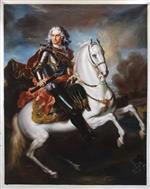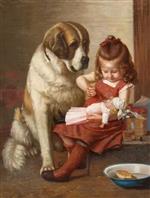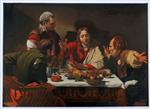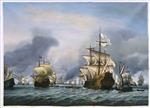
-
Various Artists
oil paintings for sale
-
Great Eastern Handicap (Brooklyn Handicap) by Henry Stull - PaintingMania.com offers affordable 100% high quality hand-painted oil paintings at wholesale prices, including all kinds of oil paintings - famous paintings reproductions, portrait, Figure, landscape, flower, animal, classical, impressionism, nude, Realistic, abstract, deco, modern and more. Custom canvas art framing available.
�������������������������������������������������������������������������������������������������
Other paintings by This Category:

Equestrian portrait of August II the Strong by Louis de Silvestre

The Best Friends by Paul Hermann Wagner

Supper at Emmaus (Cena in Emmaus)

The Capture of the Royal Prince, 13 June 1666